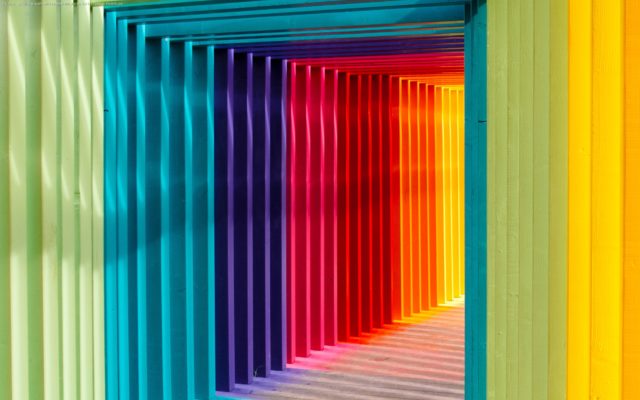In this article, readers will get to explore and learn the latest CSS color functions with this comprehensive guide to RGB(), HSL(), RGBA(), and HSLA().
Join the DZone community and get the full member experience.
Hey, there fellow developers! Today, we’re going to dive into the world of CSS color functions.
You might have used CSS to change the color of an element on a web page, but have you ever heard of CSS color functions? If not, tighten your seat belts because you’re about to learn something new and super useful!
Let’s start with a quote I read yesterday on GoodReads:
“Color is the keyboard, the eyes are the harmonies, the soul is the piano with many strings. The artist is the hand that plays, touching one key or another, to cause vibrations in the soul.”
CSS color functions are a way to specify colors in CSS using mathematical functions rather than a simple color code. The functions provide more control and flexibility over the colors being used in your stylesheet.
With color functions, you can adjust the hue, saturation, lightness, and opacity of a color, and even mix two or more colors together.
There are multiple CSS Functions available, let’s look at some:
Let’s learn about them in detail.
Let’s continue our journey into the world of CSS color functions and dive into the RGB function. The RGB function is one of the most commonly used color functions in CSS, and for good reason. It’s easy to understand and gives you a lot of control over the colors you use on your website.
The RGB function takes three values, each representing the intensity of:
These values can range from 0 to 255. By mixing different intensities of red, green, and blue, you can create any color you like.
For example:
Let’s move on to another useful color function in CSS—the HSL function.
The HSL function is similar to the RGB function, but instead of using values for red, green, and blue, it uses values for:
This makes it a little easier to understand and use, especially for those who are new to color theory.
The hue value in the HSL function represents the color itself, with values ranging from 0 to 360:
Now, let’s talk about the RGBA function.
The RGBA function is just like the RGB function, but with one added bonus:
This can come in handy when you want to create a translucent effect for your elements, such as when you want a background color to be partially transparent.
The RGBA function takes four values:
The first three values are just like the values in the RGB function.






